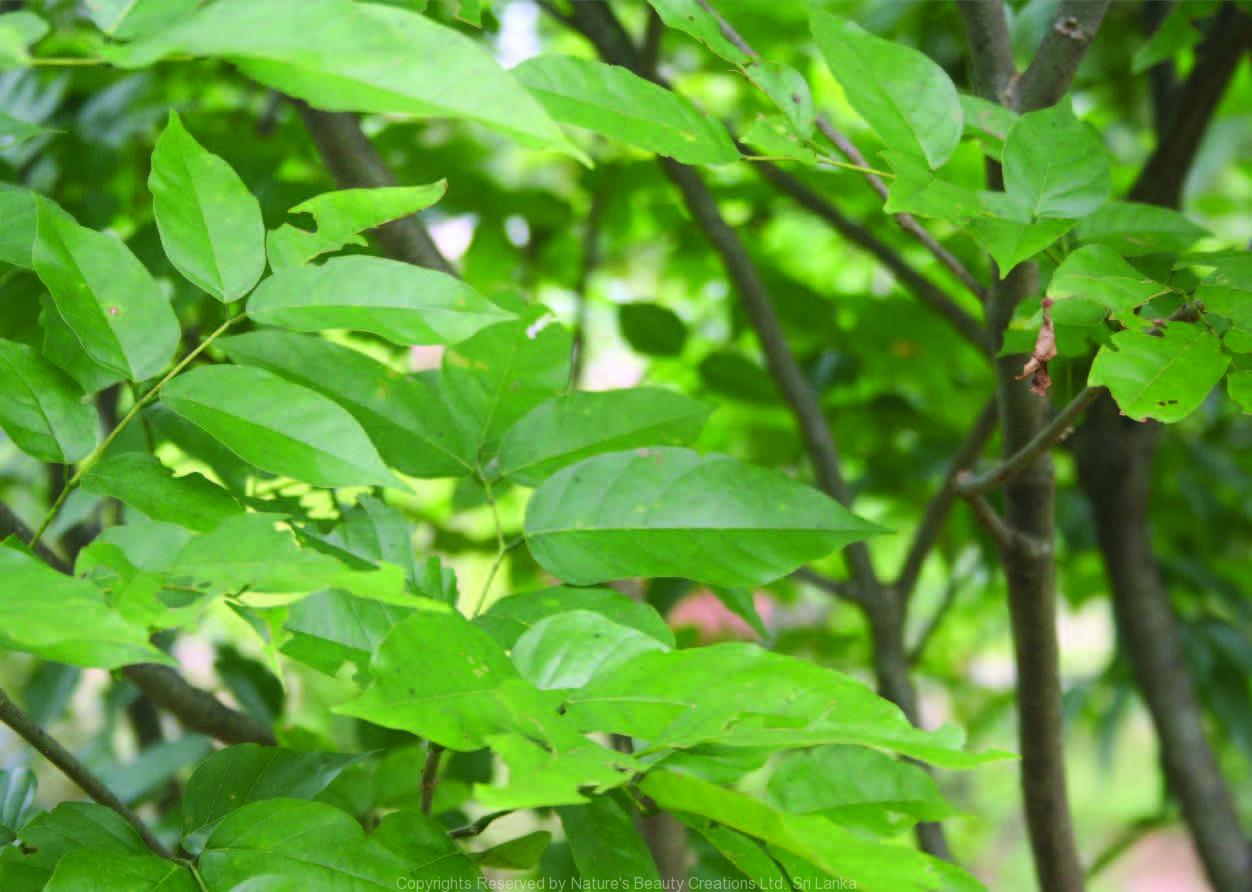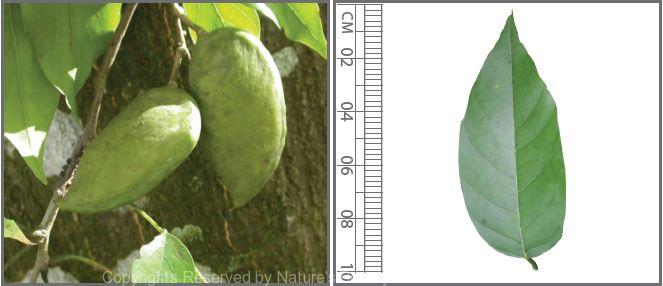

Traditional Knowledge
Useful plant parts :
Bark, root, leaf, seed, flower and fruit
Uses in traditional medicine :
- Seed oil is applied for skin diseases specially for psoriasis
- Sticks can be used as a disposable toothbrush to improve mouth, teeth and gum health
- Paste made by roots and bark is applied on the wounds of snake bites
- Fruits acts as a cholagogue, astringent, and used in internal haemorrhages, bleeding from haemorrhoids, jaundice and spleen enlargements
- Roots act as an expectorant, diuretic, and are used to treat fever accompanied with congestion of liver, acute laryngities, bronchitis, pyelitis, cystisis and gonorrhoea
- Conmmonly used for treating boils, arthritis, otorrhoea, rheumatism, bronchitis, calculi, diabetes, diarrhoea, dyspepsia, eczema, elephantiasis, flatulence, malaria, phlebitis and piles
Scientific Research
Chemical constituents:
Phenolic acids: protocatechuic, ellagic, ferulic, gallic, gentisic acids, flavonoids: karanjin, ponganones III-XI, fatty acids: oleic, stearic, palmitic, hiragonic, octadecatrienoic acid and sterols: β-sitosterol, stigmasterol, stanol: cycloartenol derivative from seed and root bark
Bioactivity :
Decoction of dried leaves: effective against cholera and enteroinvasive bacteria; cycloarteiol derivative: antidiabetic; ethanol extract of leaves: antihyperammonemic; phenolic acids: antioxidative
Clinical:
References : Brijesh, S. et al., (2006), Studies on Pongamia pinnata (L.) Pierre leaves: understanding the mechanism(s) of action in infectious diarrhea, Journal of Zhejiang University, 7(8), 665-674. Badole, S. L. and Bodhankar, S. L., (2009), Investigation of antihypergly- caemic activity of aqueous and petroleum ether extract of stem bark of Pongamia pinnata on serum glucose level in diabetic mice, Journal of Ethnopharmacology, 123, 115–120. Badole, S. L. and Bodhankar, S. L., (2010), Antidiabetic activity of cycloart-23-ene-3β, 25-diol (B2) isolated from Pongamia pinnata (L. Pierre) in streptozotocin–nicotinamide induced diabetic mice, European Journa l of Pharmacology, 632, 103–109. Essa, M. M. et al., (2005), Protective influence of Pongamia pinnata (Karanja) on blood ammonia and urea levels in ammonium chloride- induced hyperammonemia: antihyperammonemic effect of the leaf extract, Journal of Applied Biomedicine, 3, 1-4. Sajid, Z. I. et al., (2012), Antioxidant, antimicrobial properties and phenolics of different solvent extracts from bark, leaves and seeds of Pongamia pinnata (L.) Pierre., Molecules, 17(4), 3917-32. Shameel, S. et al., (1996), Chemical constituents from the seeds of Pongamia pinnata (L.) Pierre, Pak J Pharm Sci, 9(1), 11-20. Tanaka, T. et al., (1992), Flavonoids in rootbark of Pongamia pinnata, The International Journal of Plant Biochemistry, 31(3), 993–998. Vismaya, et al., (2011), Gastroprotective Properties of Karanjin from Karanja (Pongamia pinnata) Seeds; Role as Antioxidant and H, K-ATPase Inhibitor, Evid Based Complement Alternat Med.
Copyrights Reserved By
Natures Beauty Creations




